Overview
The Examining the Rankings Scroll (《观榜图卷》) captures the intense moments after imperial examinations during the Ming and Qing dynasties, depicting candidates scrambling to view the posted results. Two notable versions survive:
- Ming Dynasty version (attributed to Qiu Ying, 1494–1552): Though likely a later imitation, this scroll (34.4 cm × 638 cm, ink and color on silk) vividly portrays crowds celebrating successful candidates and dejected scholars being escorted away.
- Qing Dynasty version by Liang Xian (梁亯): Shows candidates checking results by torchlight at dawn, emphasizing the psychological tension of the moment.
Key Context
- Imperial Examinations: Divided into three tiers:
- Local Exam (院试): Qualifiers became xiucai (秀才, scholars).
- Provincial Exam (乡试): Winners earned juren (举人, provincial graduates).
- Metropolitan Exam (会试): Top scorers (gongshi, 贡士) advanced to the Palace Exam (殿试), where the emperor selected zhuangyuan (状元, top scholar), bangyan (榜眼, second), and tanhua (探花, third).
Artistic Details
- Qiu Ying’s Scroll: Features chaotic crowds, galloping horses of triumphant candidates, and symbolic elements like the emperor’s throne in ceremonial settings. Despite stylistic discrepancies, its lively details (e.g., facial expressions of despair and joy) reflect Ming-era realism
- Liang Xian’s Scroll: Highlights pre-dawn tension with torchlit scenes and meticulous depictions of scholar attire (e.g., blue robes and rujin 儒巾 hats).
Legacy
Both scrolls, housed in Taipei’s National Palace Museum, blend documentary precision with artistic flair, offering insights into the cultural and psychological weight of China’s examination system

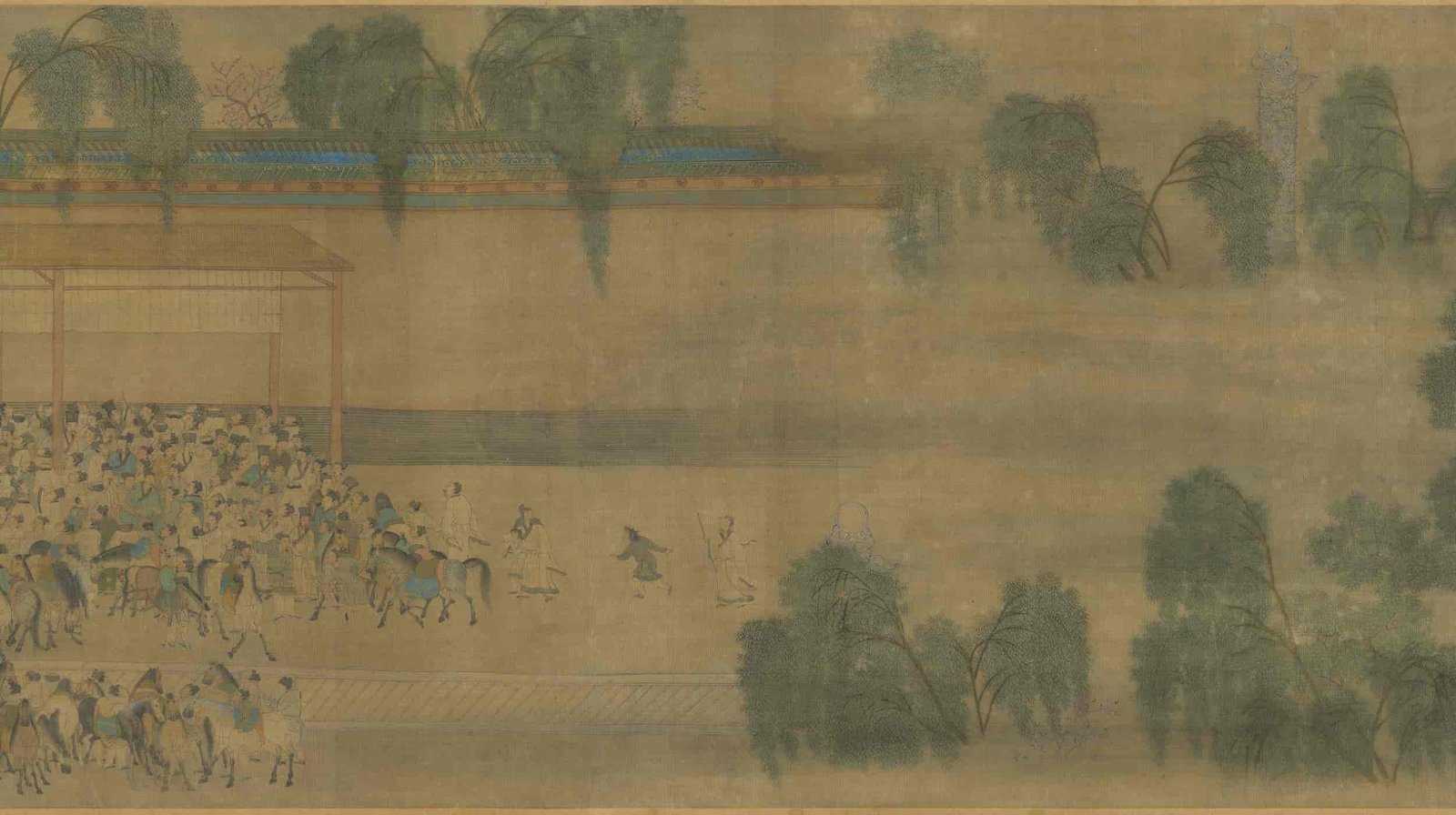
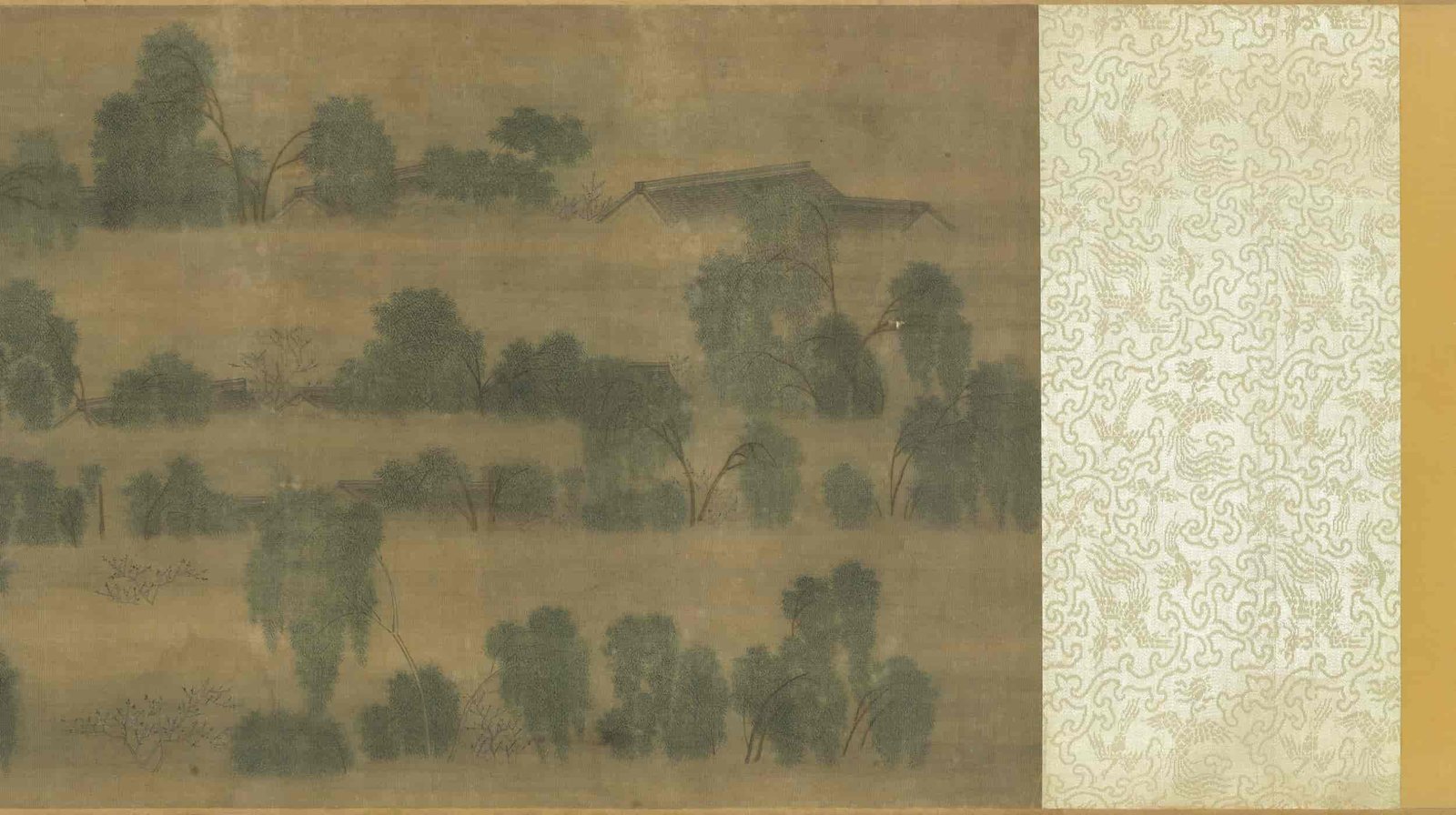
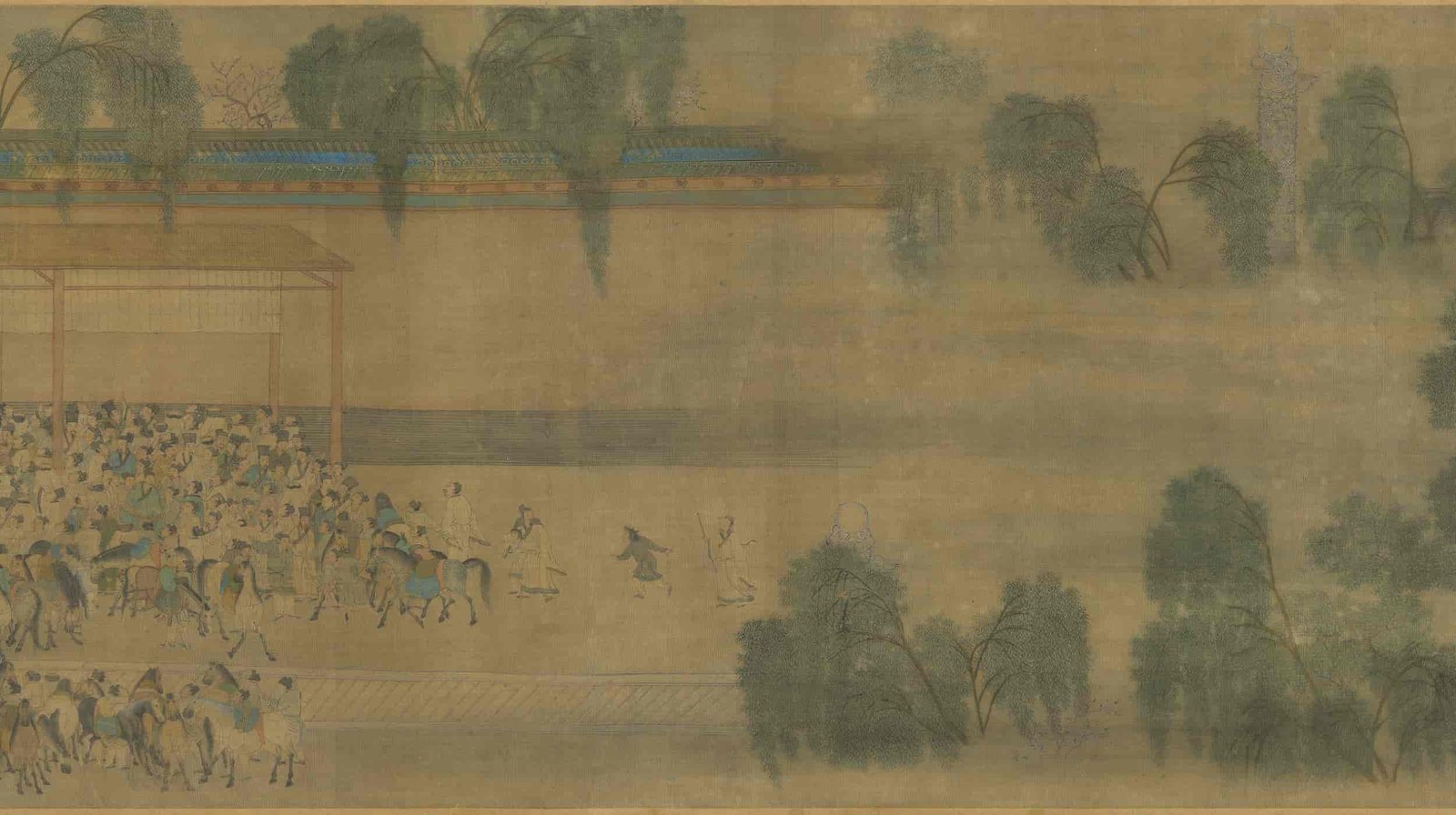
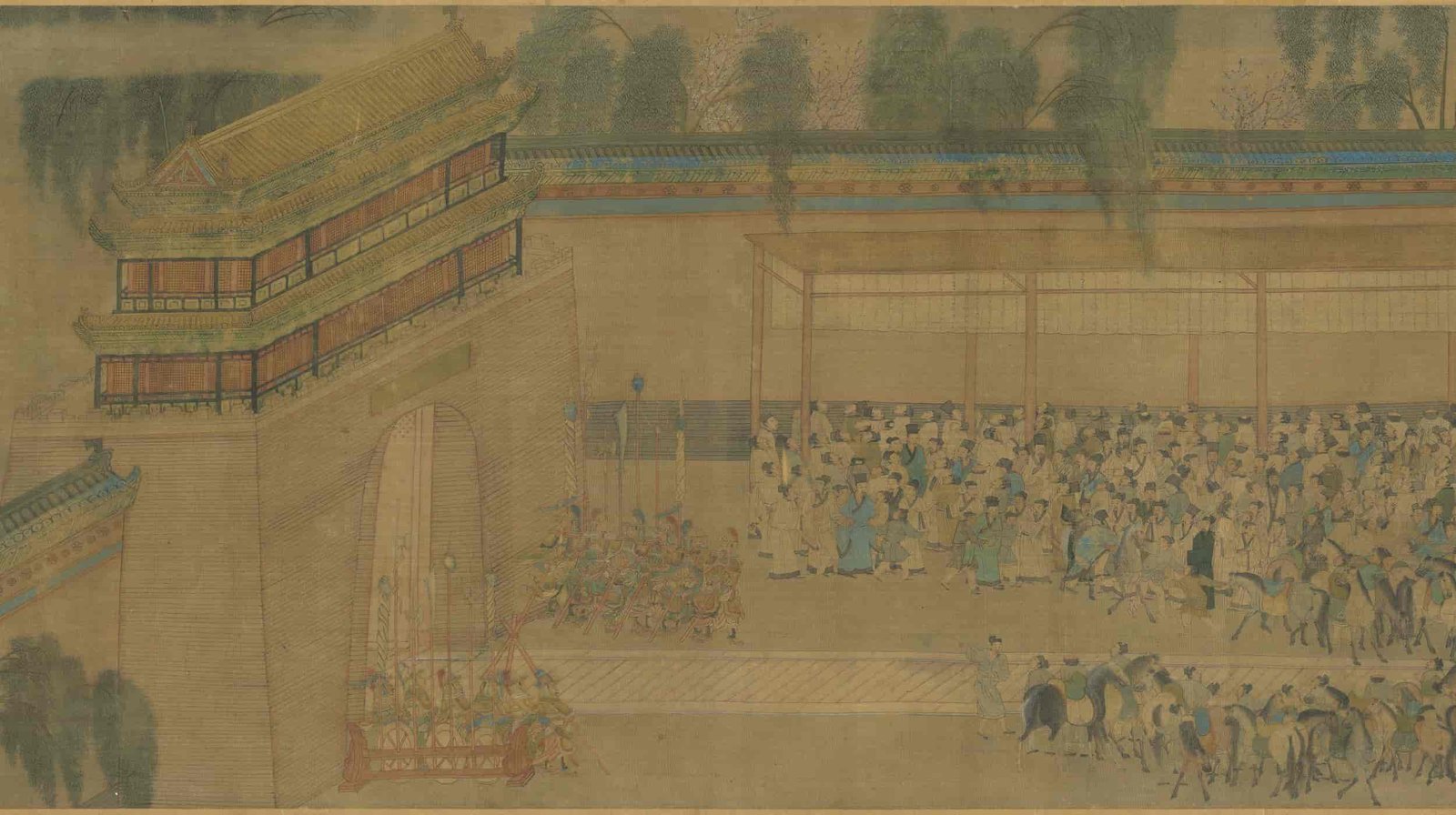
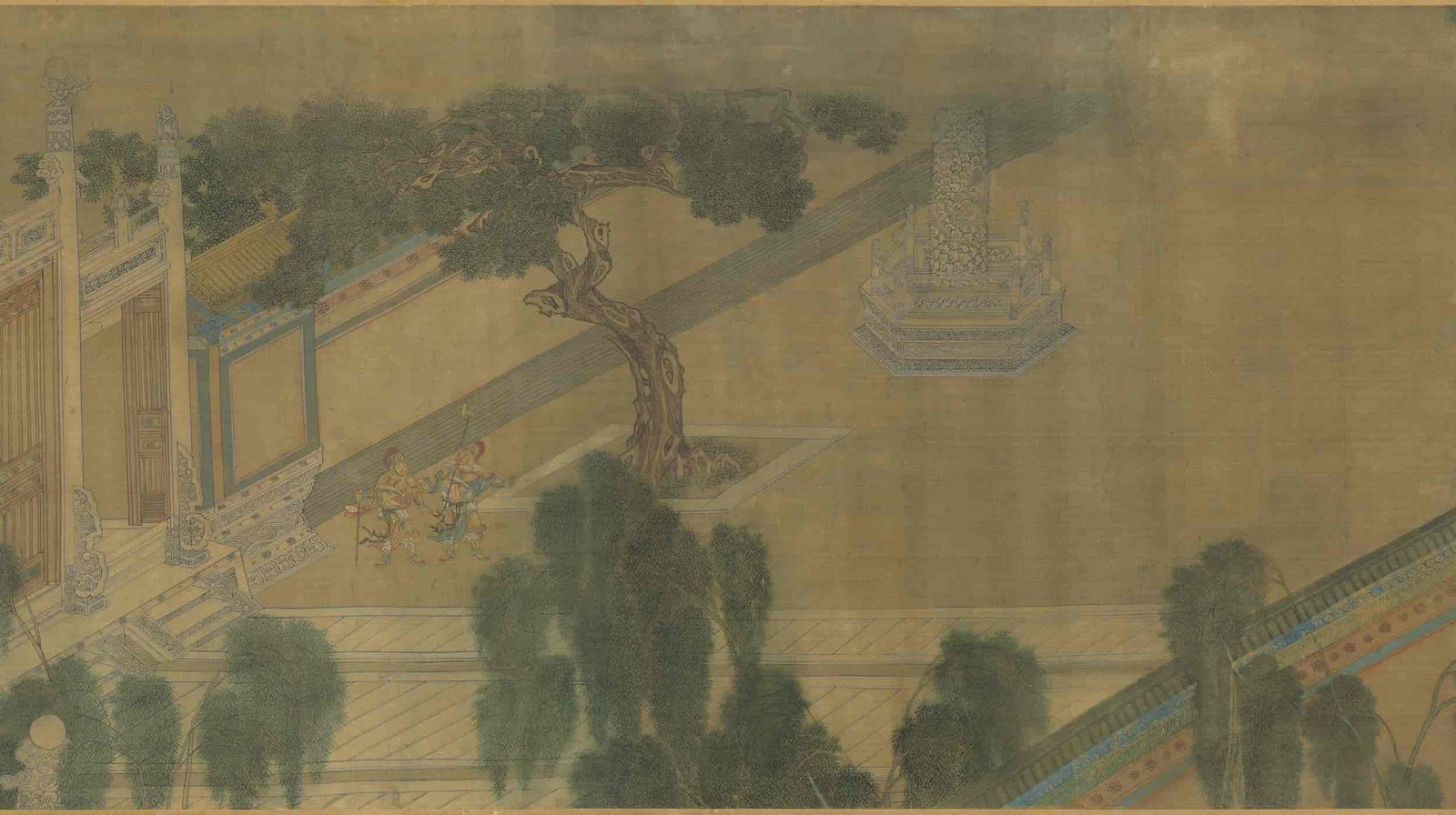
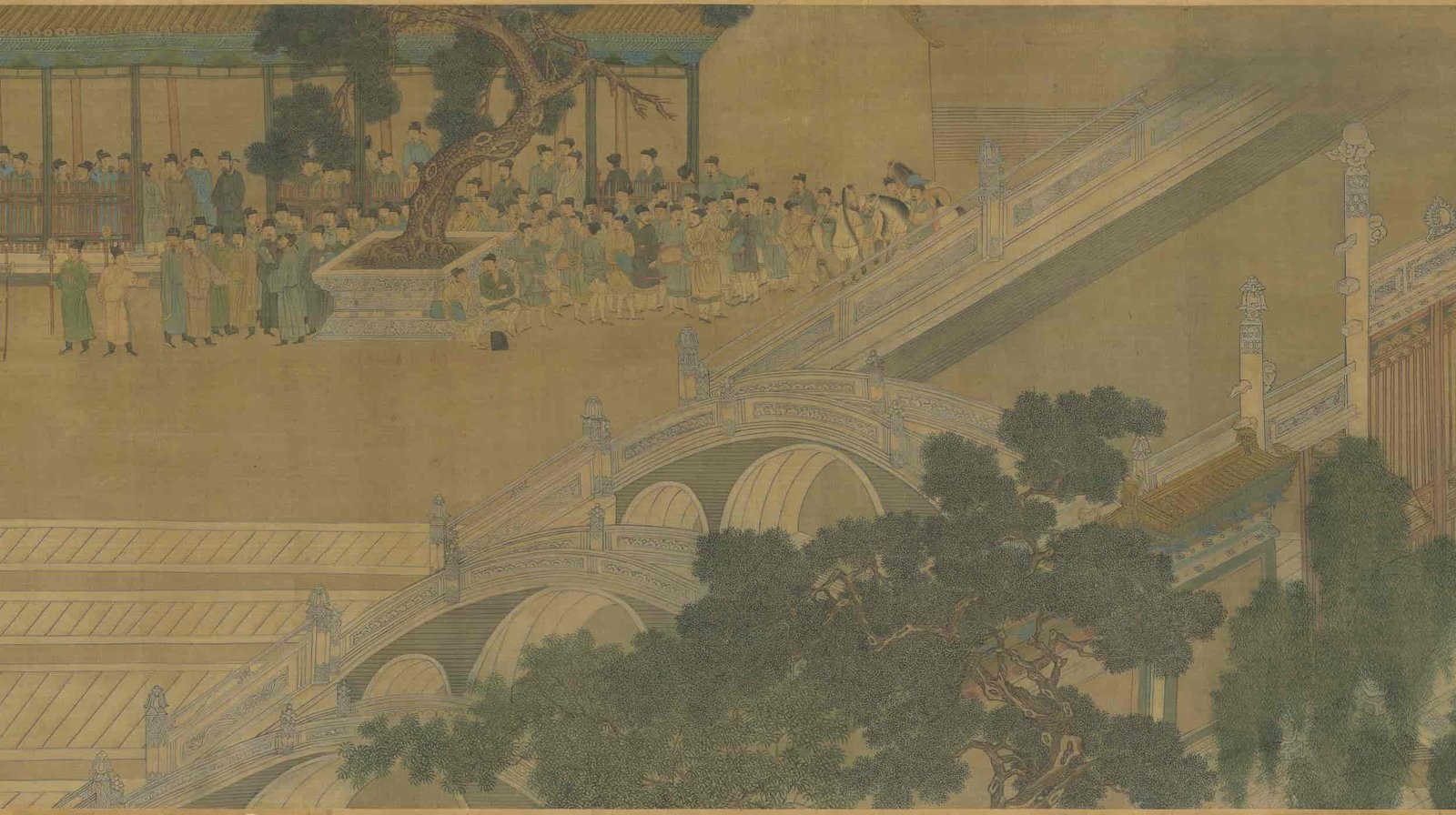
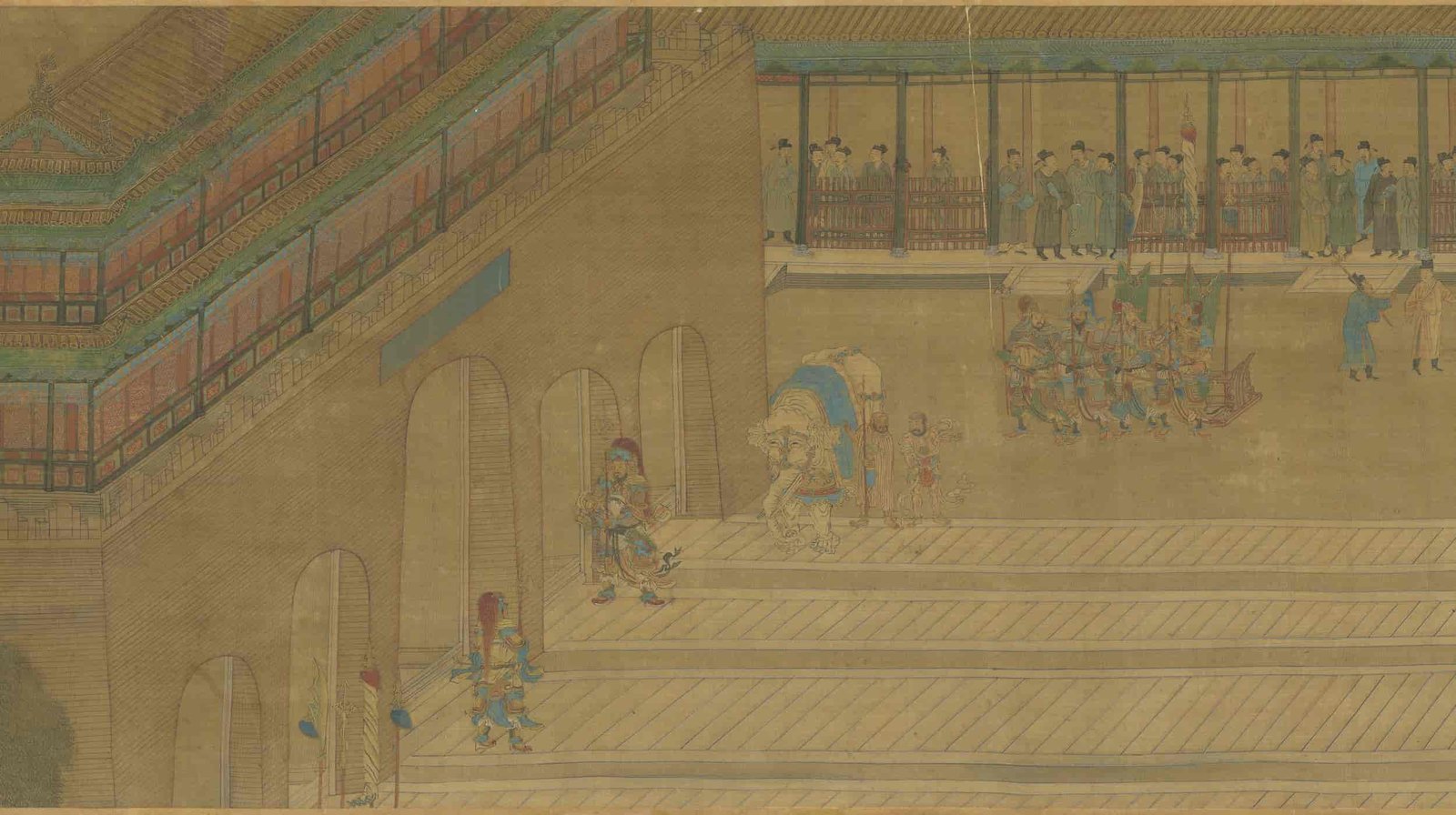
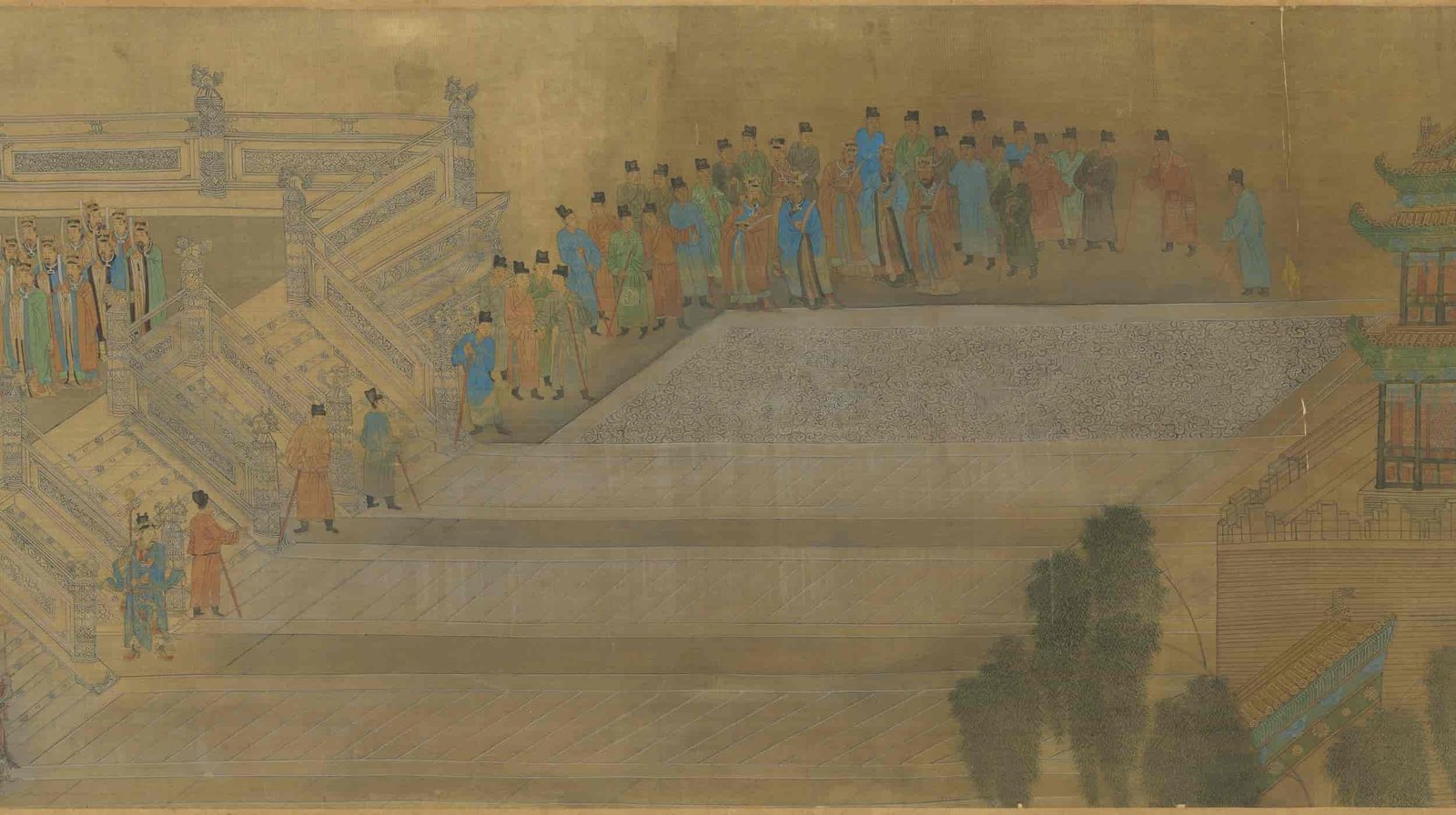
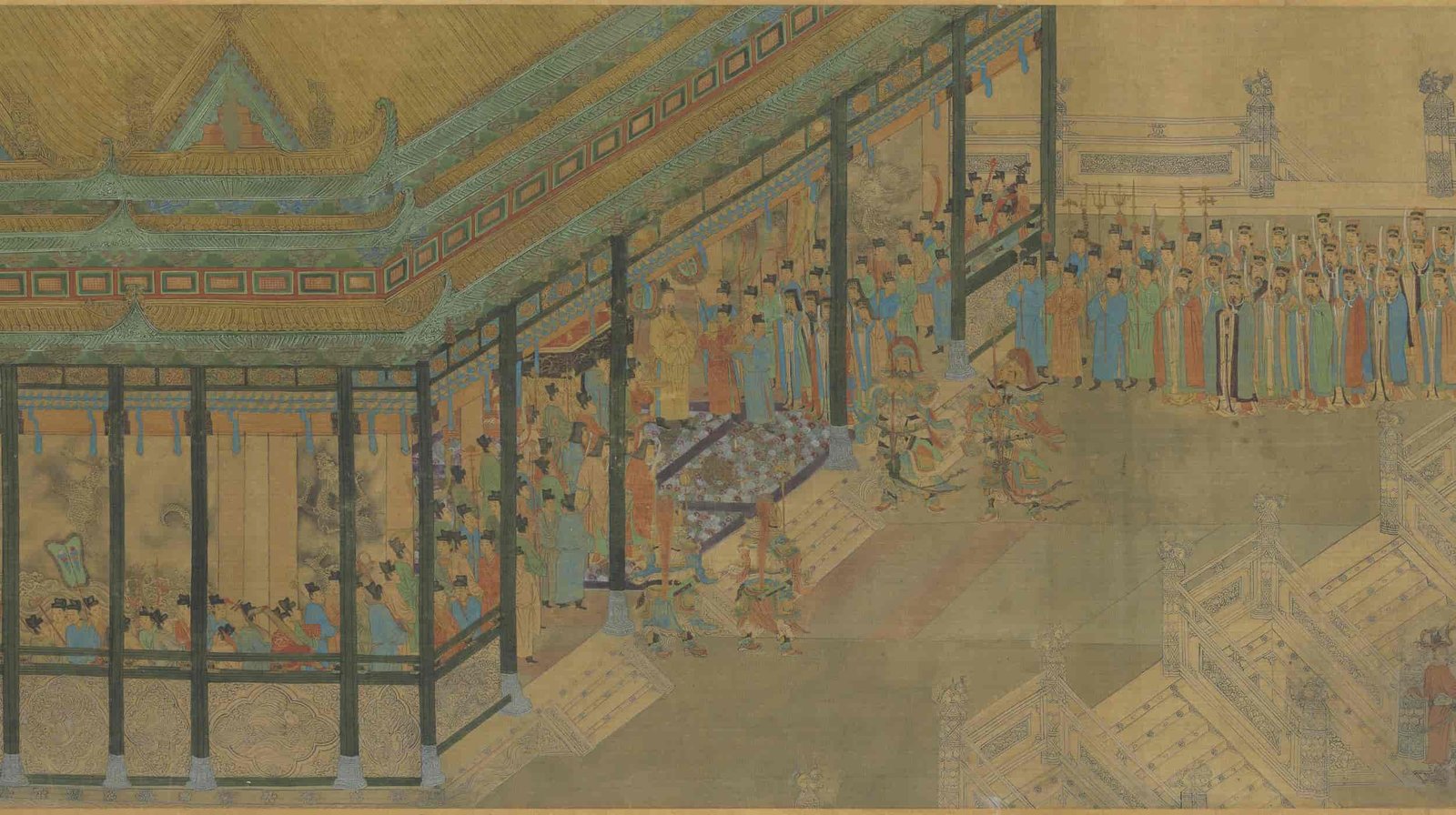
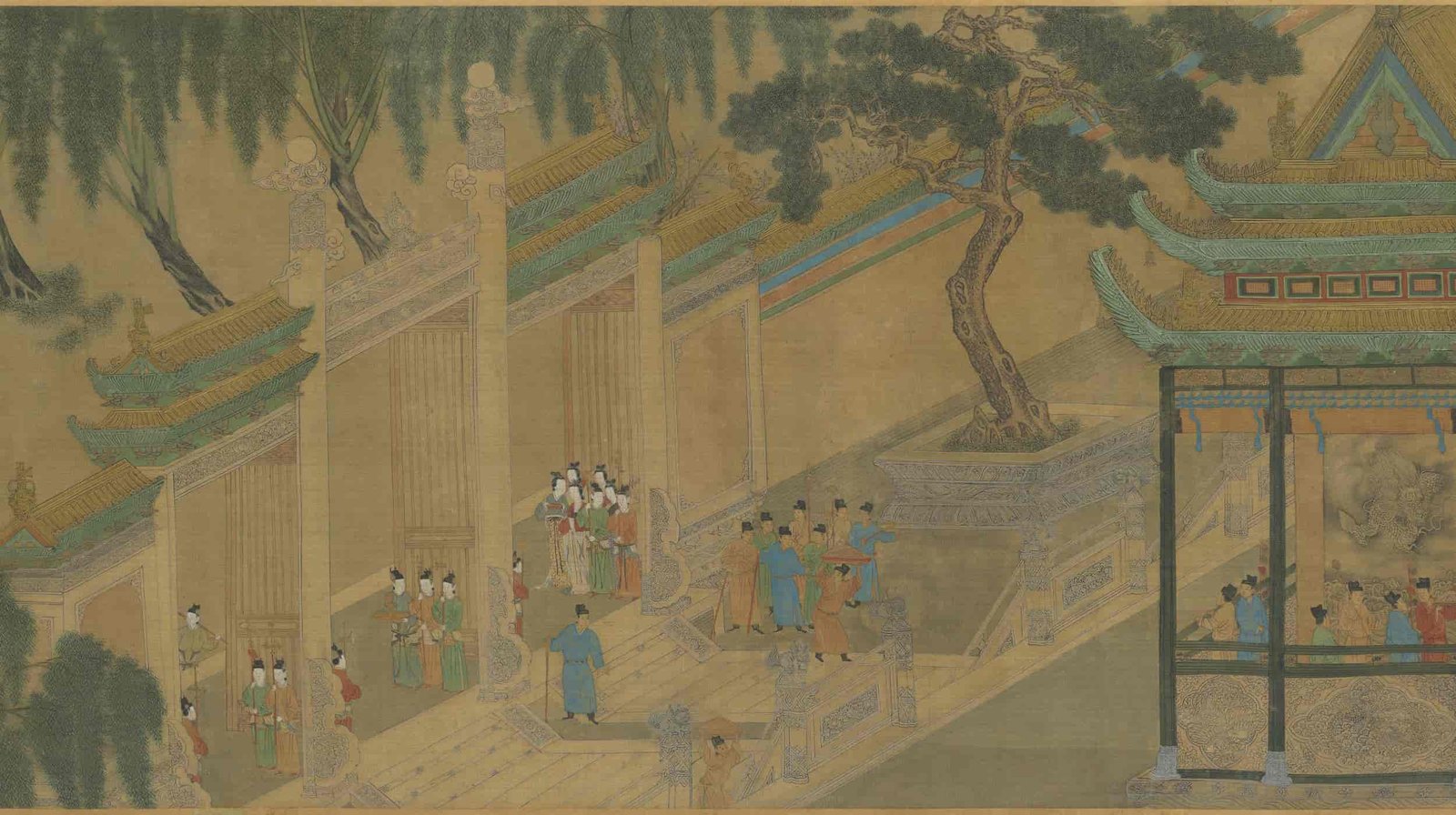
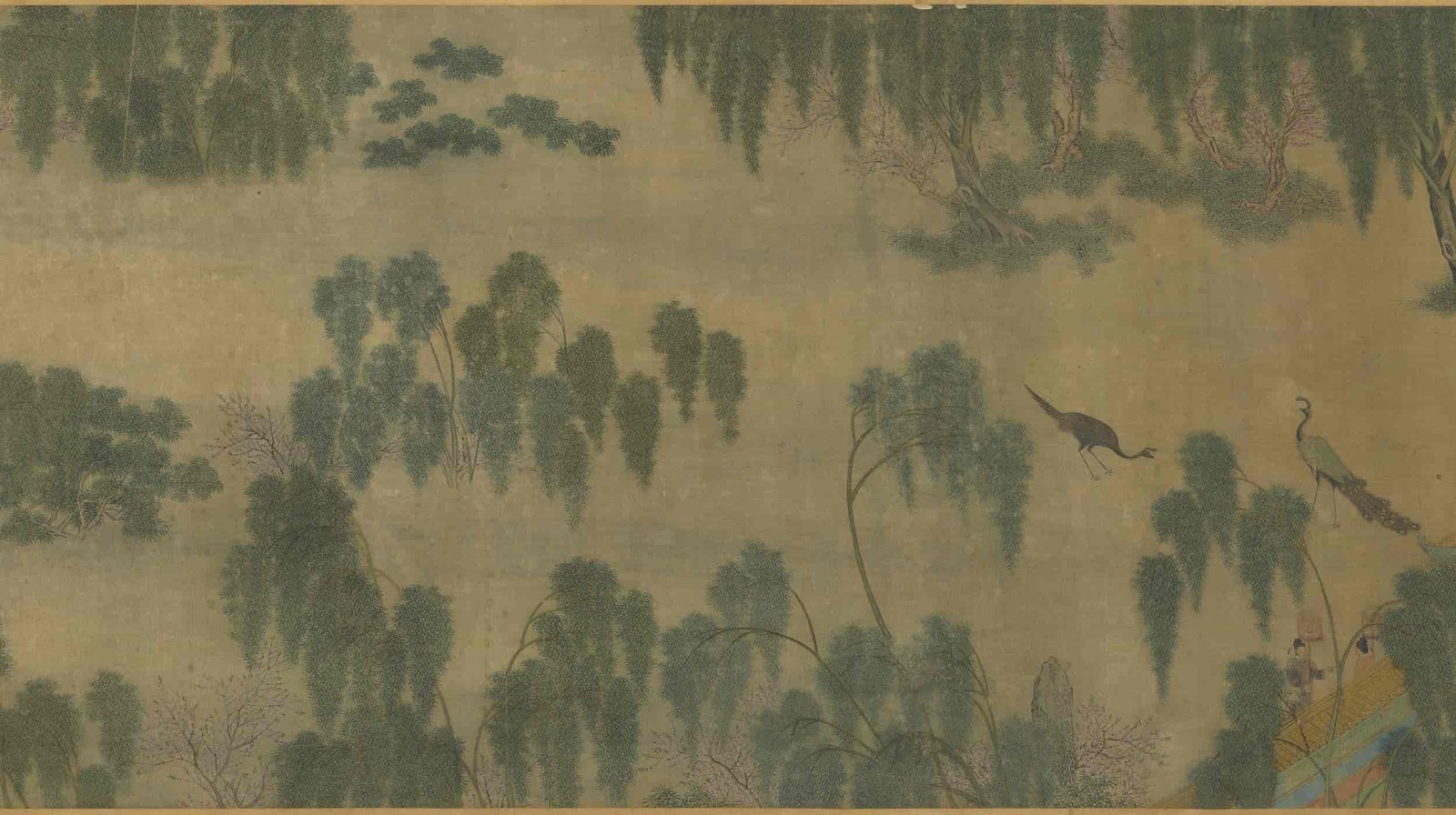
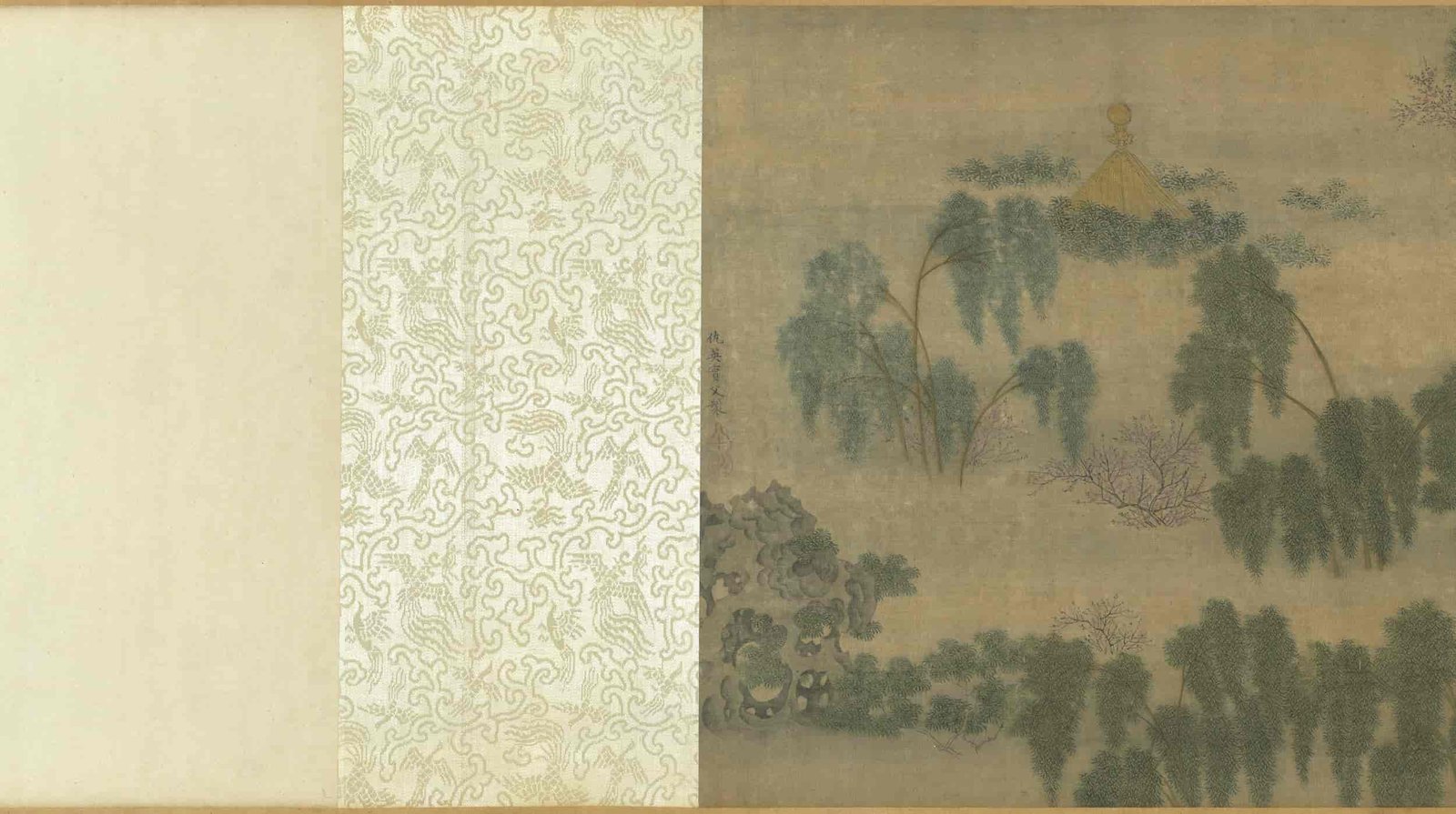
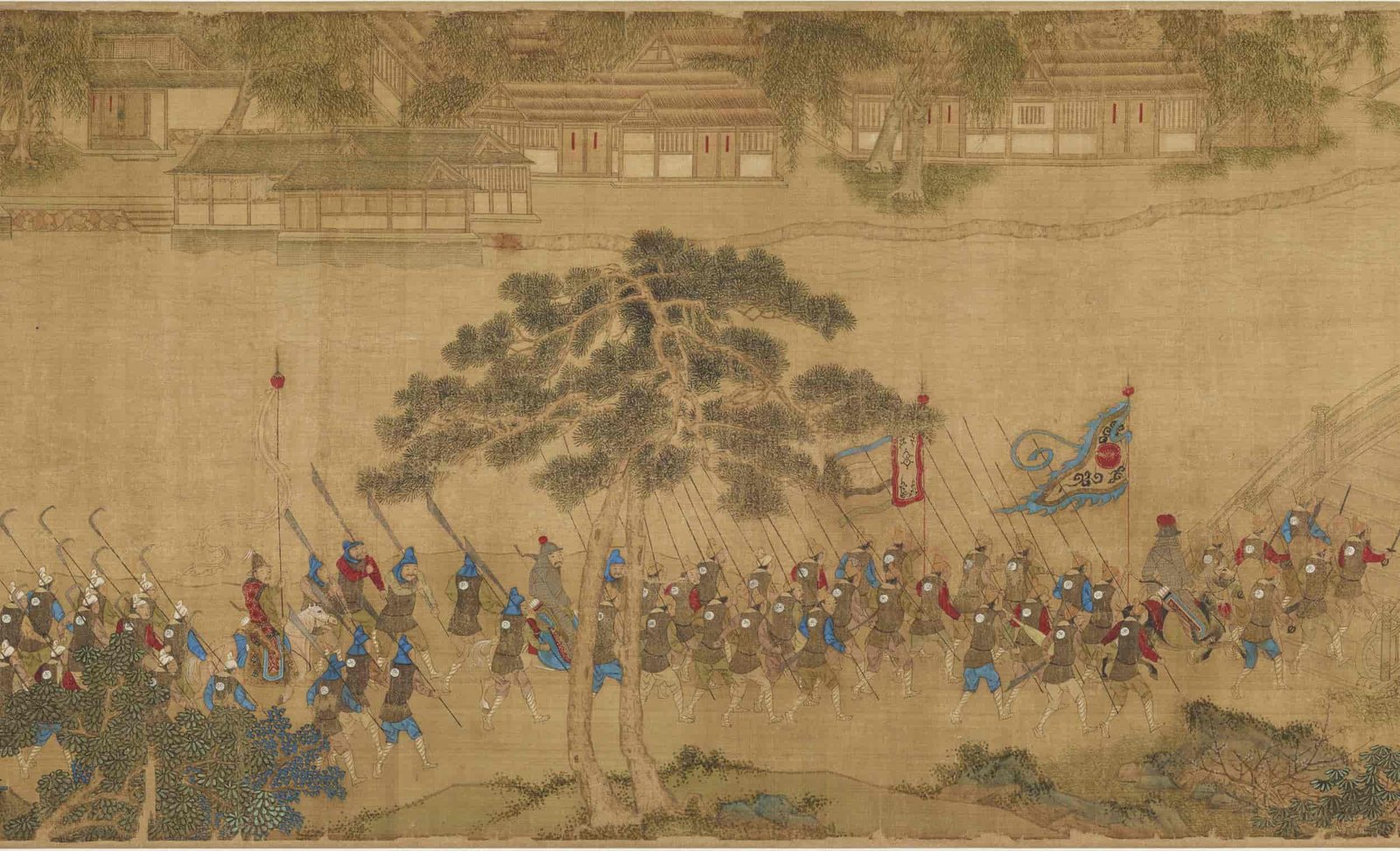
评价
目前还没有评价